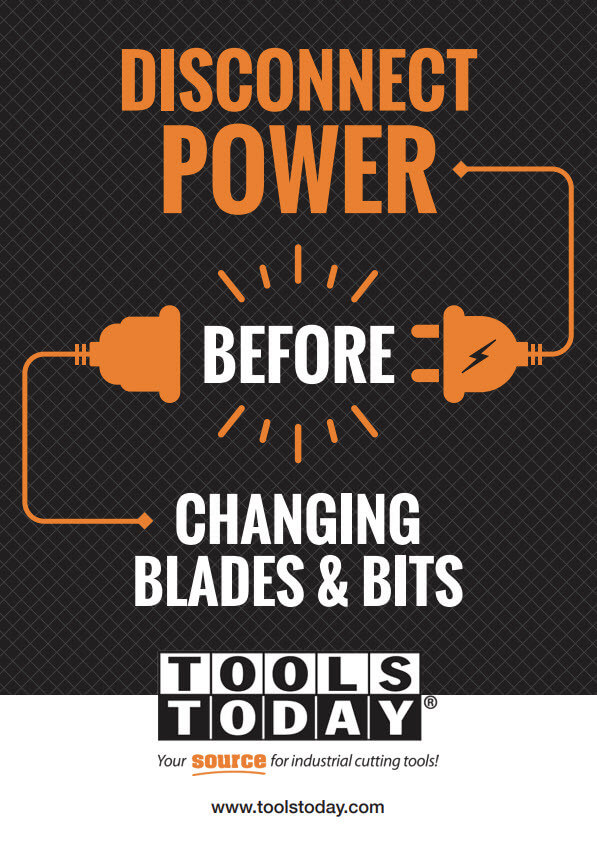
Circular Saw and Blades: A Basic Overview
A circular saw is either a hand held or table mounted tool used for cutting many types of materials such as wood, plastic, metal and masonry. All circular saws have a disc or blade with teeth on their edges. The motor on the saw enables the blade to spin at high speeds, enabling the teeth to smoothly cut through materials.
There are a couple of different factors when choosing a circular saw. First, what is it being used for? As with any purchase, we get what we pay for. Therefore, in order to ensure that tools will last more than 20 years, it is important to choose one with a strong motor. A strong motor will ensure top speed of the blade when cutting through a variety of hard to softer materials.
Because tools are standard purchases for the home, costs are generally known and standard. If you are not aware of amps and horse power as a factor in your decision making, cost could just as well be a reliable indicator. For a few hundred dollars, one should be confident that their tool will last a long time.
Now that you are set up with the saw, the interesting part is determining which saw blade to use for a particular job. Selecting the proper blade for the job will not only allow the tools to perform better and cleaner but also safer.
The main features that vary on a saw blade are:
1) The number of teeth found around the circumference of the blade.
2) The depth of the gullets—the valleys found in between each tooth.
The purpose of a gullet is to allow room for the material to be removed from the work area. The number of teeth and the depth of the gullet will vary depending on the cut of the blade.
Depending on how the cut needs to be made, (e.g., with the grain vs. across the grain) the proper blade should be used in order to give you an optimal cut and create a safe working environment.
Blade Types:
Generally speaking there are four major categories of circular saw blades. They are: Rip Blades, Crosscut, Combination and Specialty blades.

- Ripping saw blades are designed primarily to achieve a smooth, clean and safe cut when "ripping" wood, or cutting in the same direction as the wood grain. Rip blades have a limited number of large and straight teeth which allows the dust from the cut to be cast off and removed efficiently.

- Combination saw blades are designed to cut both rips and crosscuts and are the most common type of circular saw blades. Unless you have two circular saw blades available at all times, it would be more than a nuisance to switch from a rip to a crosscut blade every time you change the cutting direction. Therefore, a combination blade allows one to cut in both directions. Combination blades come with a variety of tooth counts. The difference between higher and lower tooth counts is the finish. The higher the number of teeth, the smoother the cut.

- Crosscut saw blades are designed primarily to achieve a smooth, clean and safe cut when cutting perpendicular to the wood grain. A crosscut blade cuts with kerfed teeth; teeth alternate from leaning left and leaning right.
A dedicated Ripping blade and a dedicated Crosscut blade will enable one to achieve a much cleaner cut than a Combo. Let's be clear though, when using a high quality Combination blade, one can still achieve very clean cuts.
- Specialty blades include a variety of blades, such as dado sets and plywood, which deserve their rightful attention in another article.
Blade Sizes:
Circular saws are not produced in uniform size. Depending on the maker, the intended use and the size of the motor, blade sizes will vary. When replacing or ordering additional blades, it is important to refer to the manufacturer's specs for the correct size.
Safety:
Circular saws, like every other power tool, can cause serious injury if not used properly. Before using any tool, it is important to read over the manufacturer's owner manual to familiarize yourself with the tool, its functions and its features. Always make sure to properly safeguard yourself by wearing eye and ear protection, and always work on adjustments to your tools when they are unplugged.
View all saw blades.

See our full set of free downloadable safety posters here.





